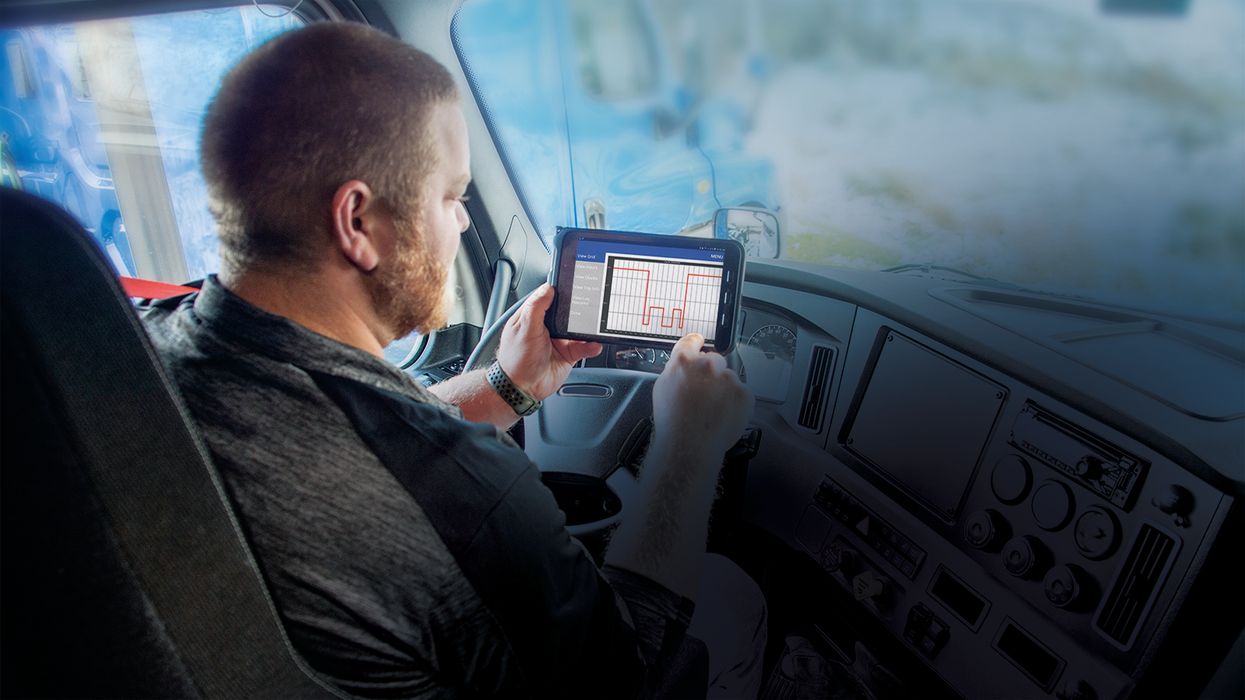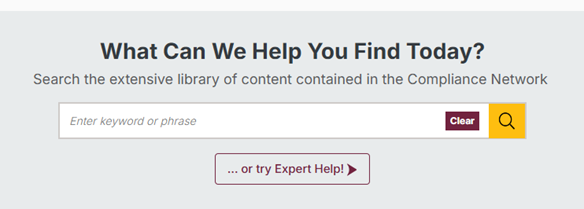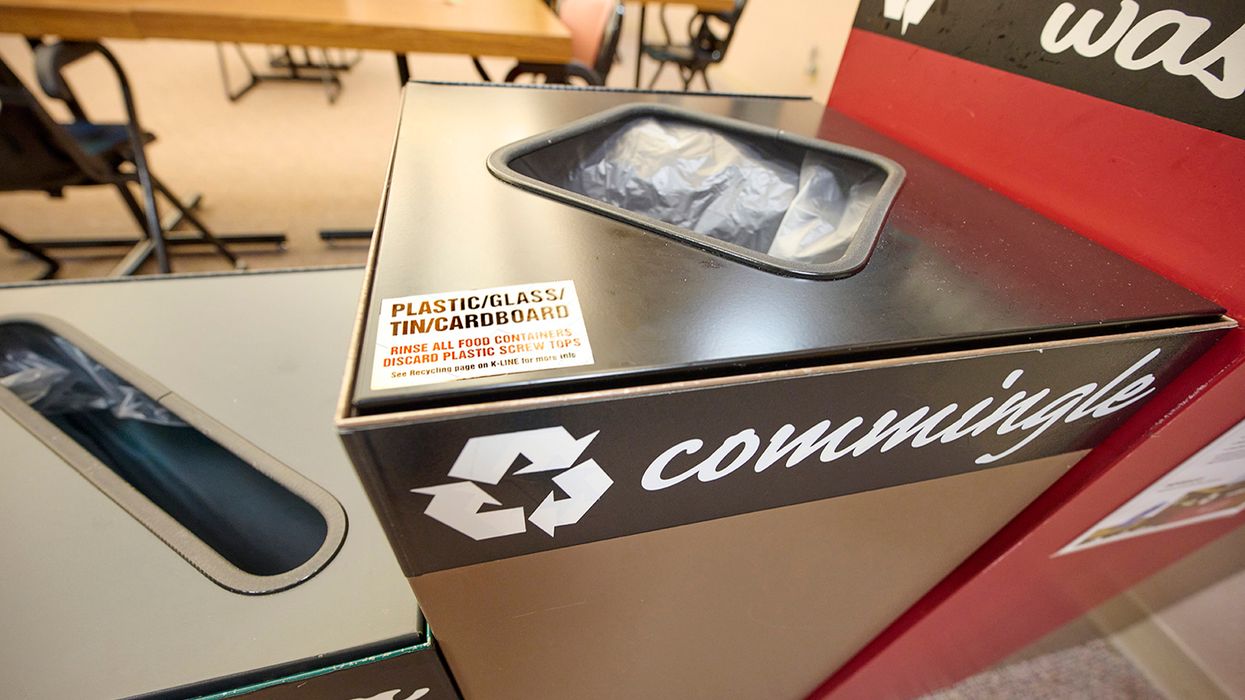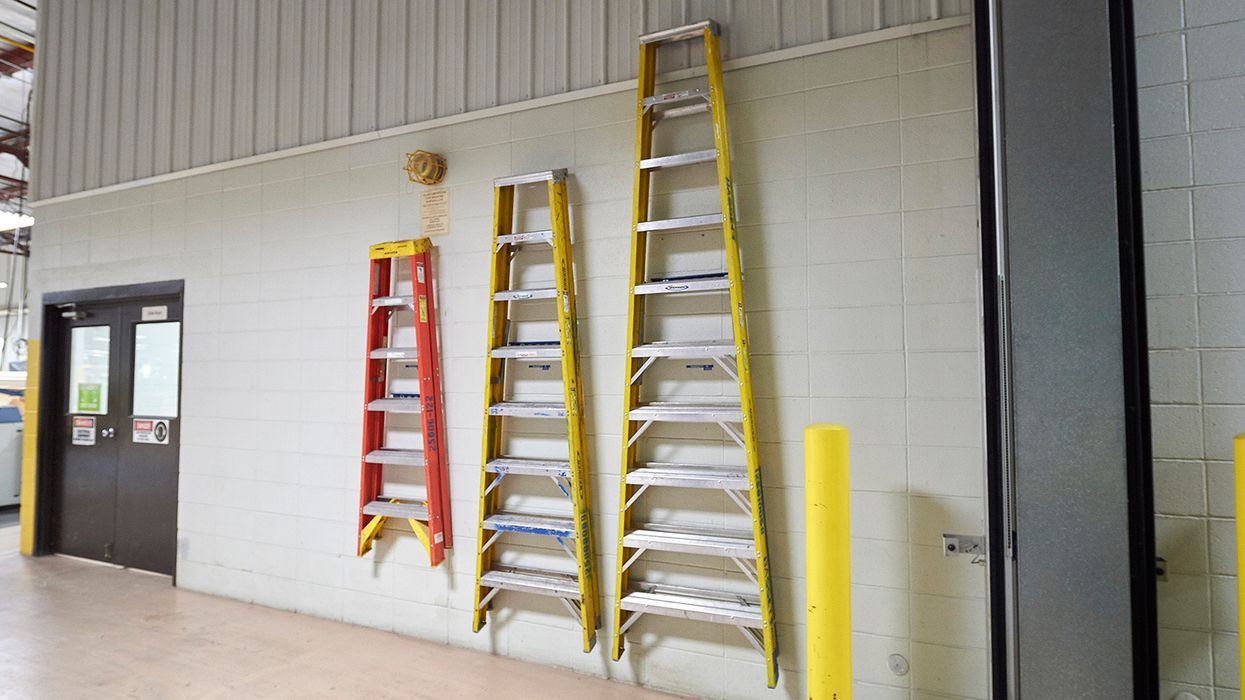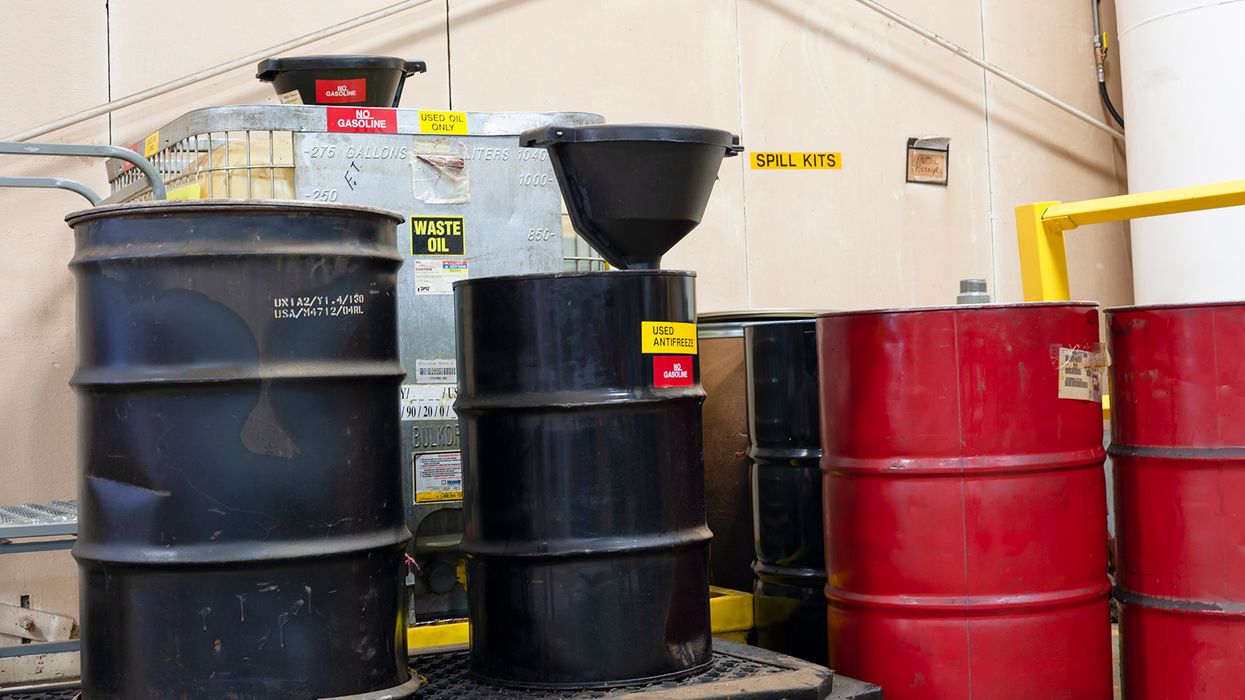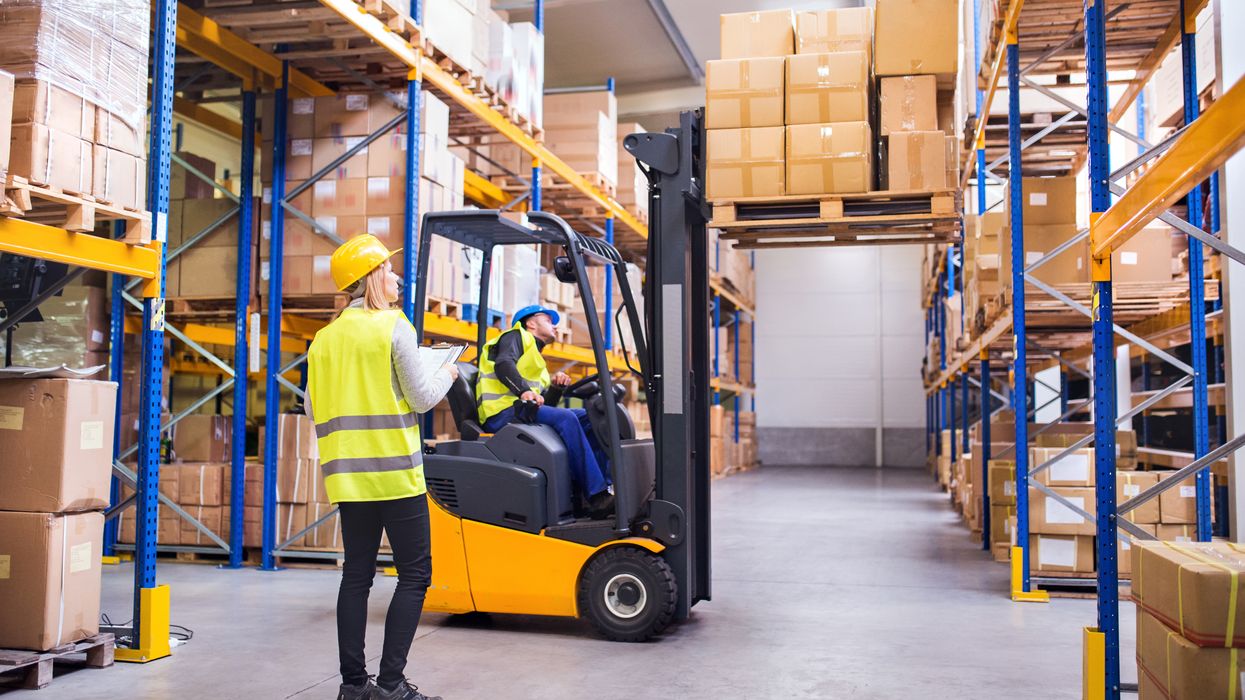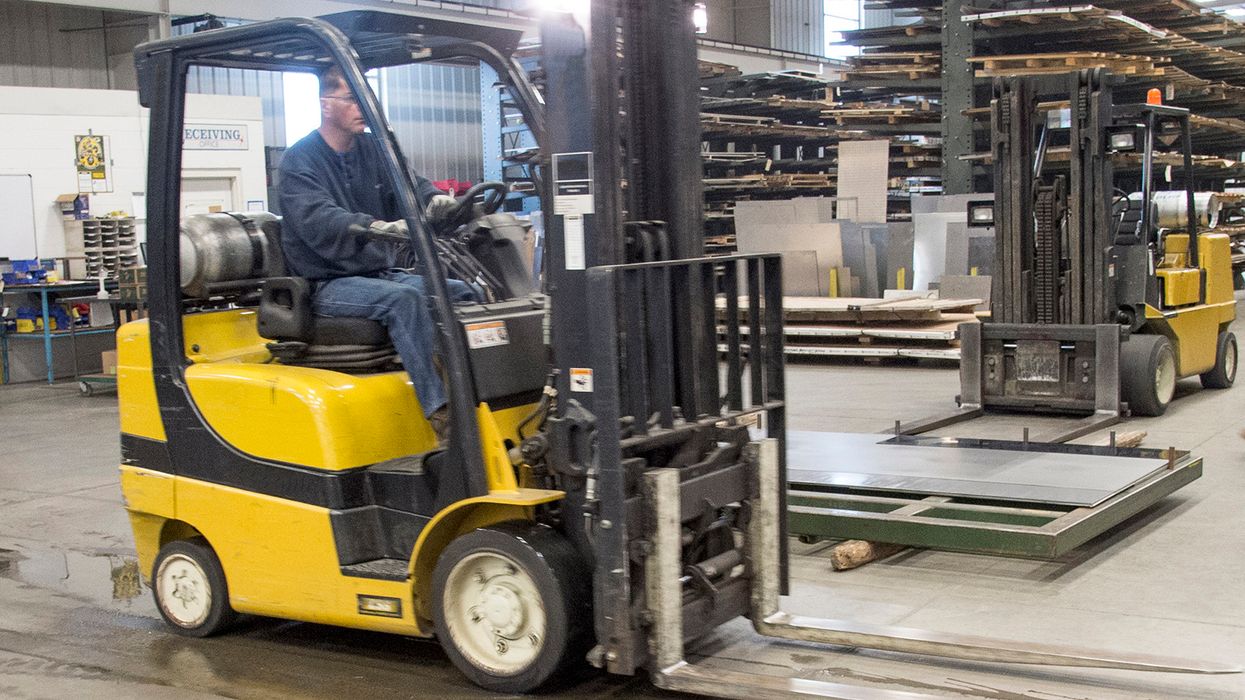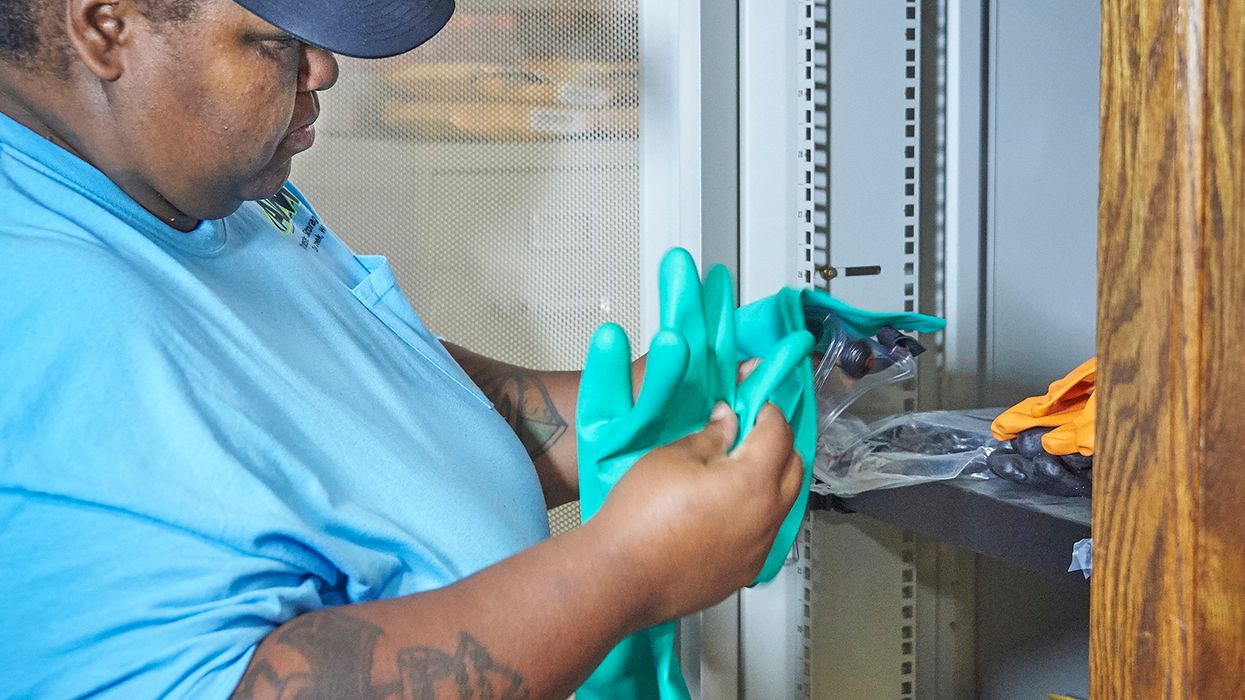Personal conveyance in Canada: A double-edged sword
You may rely on personal conveyance, allowing your driver to use their truck for personal use under specific conditions, which can offer many benefits, such as improved driver satisfaction and compliance with hours-of-service regulations. However, it can also present challenges, including potential misuse and difficulties in monitoring and enforcement. Balancing these benefits and challenges is crucial for keeping a safe and efficient operation. This article explores the intricacies of personal conveyance, highlighting its impact on you and your drivers.
The concept of personal conveyance
First off, what is Personal conveyance? Personal conveyance allows your drivers to use a commercial vehicle for personal reasons, such as driving home after a long day of work, going to a restaurant, or running personal errands. The key aspect is that the vehicle is not to be used for any business-related activities during this time. This provision is designed to offer flexibility and convenience to drivers, allowing them to manage their personal lives without violating Canadian Hours of Service (HOS) regulations.
Regulations governing personal conveyance
The use of personal conveyance is governed by specific regulations and key rules that include the following:
- The vehicle must be unloaded, and any trailers must be unhitched;
- The distance traveled for personal conveyance must not exceed 75 kilometers in a day;
- The driver must record the odometer reading at the beginning and end of the personal use; and
- The vehicle must not be used for any business purposes during personal conveyance.
These regulations are in place to prevent drivers from using personal conveyance as a loophole to extend their driving hours or to reach destinations that are beyond the allowed distance.
The rules around personal conveyance can also be confusing, especially when crossing borders between the United States and Canada. For example, if your driver has U.S. personal conveyance time recorded in the log for the current and previous 14 days, once they cross into Canada, all of that time will be calculated as driving time, which will count towards a commercial driver’s work-shift, work-day and cycle limits. Also, none of the time spent operating a CMV in personal conveyance status while in the United States will count towards the off-duty requirements in Canada, potentially leading to violations.
Benefits of personal conveyance
When used correctly, personal conveyance offers several benefits to drivers:
- Flexibility: Drivers can manage their personal errands and activities without worrying about violating HOS regulations;
- Convenience: It allows drivers to use their commercial vehicles for personal use, eliminating the need for a separate personal vehicle; and
- Work-Life Balance: Personal conveyance helps drivers keep a better work-life balance by providing the flexibility to address personal matters.
Misuse of personal conveyance
Despite the benefits, personal conveyance is often misused by some drivers. Common forms of misuse include:
- Extending Driving Hours: Some drivers use personal conveyance to extend their driving hours beyond the legal limit, which can lead to fatigue and increased risk of accidents;
- Reaching Business Destinations: Drivers may use personal conveyance to reach business-related destinations that are beyond the allowed distance, effectively bypassing HOS regulations; and
- Inaccurate Record-Keeping: Failing to accurately record odometer readings or misrepresenting the purpose of the trip can lead to violations and penalties.
Consequences of misuse
Personal conveyance provides flexibility and safety benefits, but it requires adherence to regulations and responsible use to avoid pitfalls. Remember that it’s not meant for convenience over short distances; rather, it serves essential purposes during off-duty hours.
Misuse of personal conveyance can have serious consequences for you and your drivers. Penalties for violations can include fines, suspension of driving privileges, and damage to you and your driver’s professional reputation.
Key to remember: Educating your drivers about proper personal conveyance usage is crucial for ensuring compliance with regulations and maintaining safety on the road.

